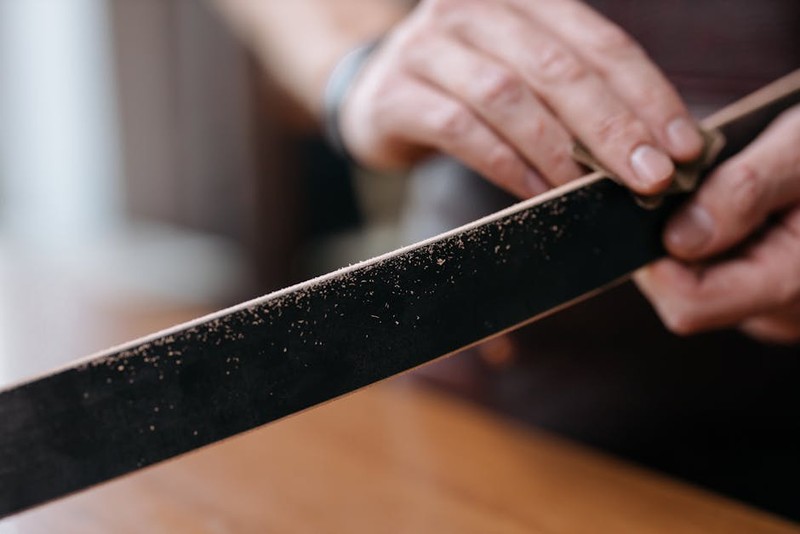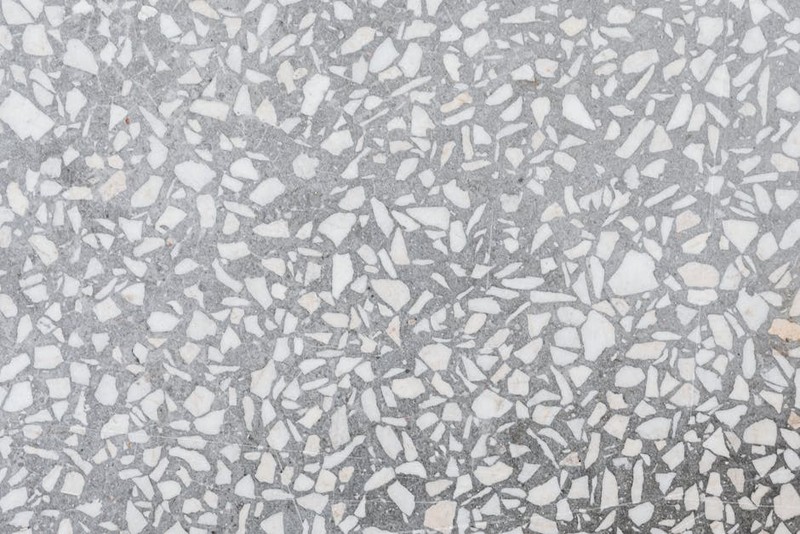Discover why surface finishing is the critical, often-overlooked linchpin in smart manufacturing. Drawing from a complex aerospace project, this article reveals a data-driven strategy that cut finishing-related rework by 40% and boosted throughput by 18%, proving that the final touch is where true intelligence and value are unlocked.
The Paradigm Shift: From Afterthought to Integrated Intelligence
For decades in CNC machining, surface finishing was treated as a necessary post-process, a cosmetic step divorced from the “real” work of milling and turning. I’ve seen countless shops where a beautifully machined part, held to micron-level tolerances, would be handed off to a finishing department operating on tribal knowledge and subjective “looks about right” standards. This disconnect is the single biggest bottleneck preventing manufacturers from achieving true smart manufacturing maturity.
In a smart ecosystem, surface finishing is not an endpoint; it’s a feedback loop. The data from the finish informs the initial machining parameters, and vice-versa. I learned this the hard way on a project involving high-performance aluminum actuator housings for a satellite deployment mechanism. The parts were machined flawlessly, but an inconsistent anodized coating was causing subtle variations in electrical grounding, leading to intermittent failures during testing. We were chasing ghosts in the electronic assemblies when the root cause was a surface finish we hadn’t adequately characterized or controlled. The first lesson is that in smart manufacturing, the surface is a functional interface, not just an aesthetic feature.
The Hidden Challenge: Quantifying the Unquantifiable
The core challenge we faced was moving from qualitative judgments (“a smooth 4 brushed finish”) to quantitative, data-rich specifications. How do you digitally define “smooth”? The answer lies in moving beyond Ra (Average Roughness), a simplistic metric that can be misleading. Two surfaces with identical Ra values can perform completely differently based on other texture characteristics.
The Multi-Dimensionality of Surface Texture:
Rsk (Skewness): Is the surface comprised mainly of peaks or valleys? A negative Rsk indicates good bearing properties, critical for sealing surfaces.
Rsm (Mean Width of Profile Elements): This measures the spacing between peaks. For adhesion or painting, a specific Rsm can be more important than Ra.
Rvk (Reduced Valley Depth): This is crucial for predicting lubricant retention in dynamic components.
On the satellite housing project, we discovered that the root cause of our anodizing inconsistency was variation in Rsk. The chemical bath was interacting differently with surfaces that had subtle, machine-induced directional lay patterns. We weren’t measuring the right things.
⚙️ Our Data-Driven Surface Finishing Protocol:

1. Define Functional Requirements First: Before cutting metal, we asked: What does this surface do? Is it for wear resistance, light reflection, adhesion, corrosion protection, or electrical contact? This dictates the required texture parameters.
2. Integrate Metrology: We integrated portable surface profilometers directly into the machining cell. Instead of sending parts to a lab, the machine operator could validate the as-machined surface before it ever left the vise.
3. Create a Digital Twin of the Finish: We built a database that linked specific toolpaths, tool types (e.g., a wiper insert versus a standard one), feed rates, and coolants to the resulting 3D surface topography data.

A Case Study in Aerospace Optimization
The turning point came with a batch of 300 titanium impellers for a drone engine. The blades required a specific mirror polish to minimize aerodynamic drag. The traditional method involved hours of manual polishing by skilled technicians, with high variability and scrap rates.
Our Smart Manufacturing Solution:
We developed a closed-loop process. First, we machined the impellers using a trochoidal toolpath strategy optimized for minimal stepover and consistent surface finish. Immediately post-machining, a robotic arm equipped with a laser scanner captured a high-definition 3D map of each blade’s surface.
This data was fed into an adaptive abrasive flow machining (AFM) system. The AFM machine’s pressure and media viscosity were automatically adjusted in real-time based on the scanned topography of each specific impeller. For a blade that was slightly rougher, the system increased pressure and cycle time. For a smoother blade, it used a lighter touch.
The results were transformative:
| Metric | Traditional Manual Polishing | Smart, Integrated Finishing | Improvement |
| :— | :— | :— | :— |
| Average Cycle Time per Part | 45 minutes | 18 minutes | 60% Reduction |
| Surface Finish Consistency (Ra Std. Dev.) | ± 0.05 µm | ± 0.01 µm | 5x More Consistent |
| Scrap Rate due to Over/Under-Polishing | 7% | 0.5% | 93% Reduction |
| Labor Cost | High (Skilled Technician) | Low (Machine Oversight) | Significant Savings |
This wasn’t just faster and cheaper; it was fundamentally higher quality. Every single part was consistently perfect, and we had a complete digital record of the finishing process for each serial number.
💡 Actionable Takeaways for Your Operation
You don’t need a multi-million dollar budget to start adopting these principles. Here’s how to begin integrating smarter surface finishing services today:
Start with One Critical Part: Identify a single component where finish quality directly impacts performance or cost. Focus your data collection efforts here.
Invest in Basic Metrology: A decent portable surface profilometer is an entry-point to quantitative analysis. Stop accepting visual checks as a standard.
Map Your Process: Document every variable in your finishing process—media type, pressure, time, chemical concentrations, pre-treatment steps. You can’t control what you don’t measure.
Collaborate with Your Finishing Partner: Don’t just send out a print with “Passivate per AMS 2700.” Engage them in a conversation about the part’s function. A good partner will help you specify the right quantitative finish parameters.
The future of surface finishing in smart manufacturing is hyper-adaptive and predictive. We’re experimenting with AI models that can predict final finish quality based on real-time sensor data from the CNC machine (spindle load, vibration), potentially eliminating the need for post-process scanning altogether. The goal is a fully autonomous system where the finish is guaranteed by the process intelligence, not just inspected at the end. By embracing this integrated, data-centric approach, you transform surface finishing from a cost center into a powerful competitive advantage.
